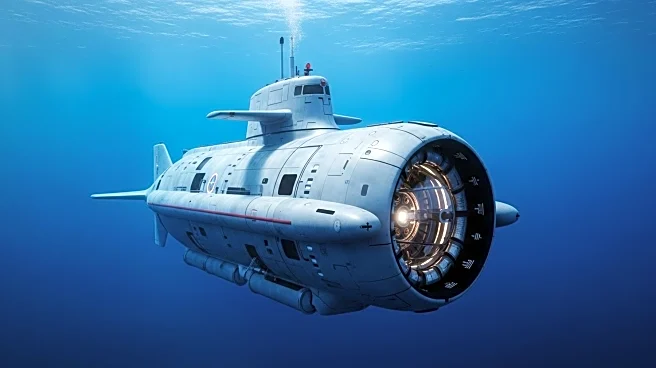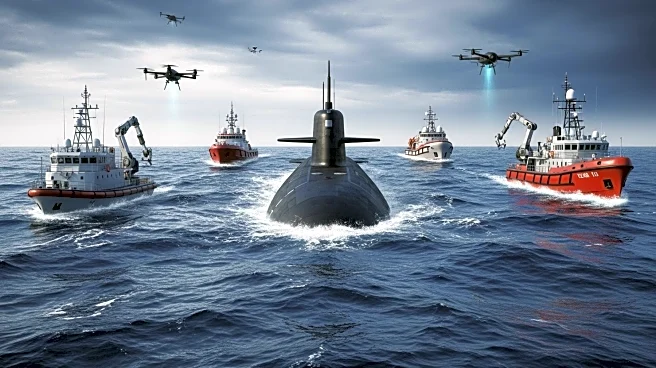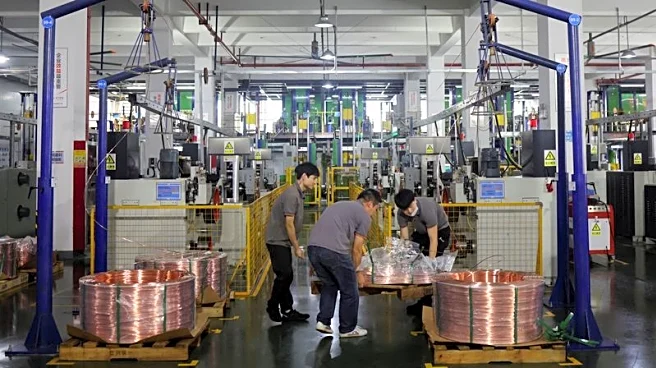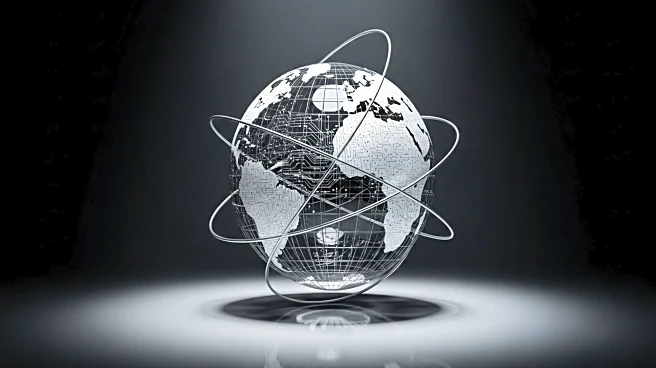What's Happening?
India has demonstrated its submarine rescue capabilities during a multinational military exercise in the South China Sea, a region where China claims most of the waters. The exercise, hosted by Singapore and code-named Pacific Reach, involved units from India, China, Japan, and 14 other countries. India deployed the INS Nistar, a submarine rescue mother ship equipped with a deep submergence rescue vehicle, highlighting its readiness and commitment to regional safety and humanitarian response at sea. The exercise aimed to strengthen cooperation in rescue operations, with India successfully completing its first docking of a deep submergence rescue vehicle with foreign submarines.
Why It's Important?
The exercise underscores India's growing naval capabilities and its strategic interest in the South China Sea, a region marked by geopolitical tensions due to overlapping sovereignty claims by China and other countries. India's participation reflects its Act East policy, aimed at strengthening ties with Southeast Asian nations. The demonstration of submarine rescue capabilities positions India as a dependable maritime partner, enhancing its role in regional security and humanitarian efforts. This development could influence the balance of power in the region, where the U.S. and its allies also maintain a military presence.
What's Next?
It remains unclear whether the exercise is part of India's preparation for future submarine deployments in the South China Sea. However, the successful demonstration of rescue capabilities may lead to increased collaboration with other nations in the region, potentially affecting future naval strategies and alliances.











